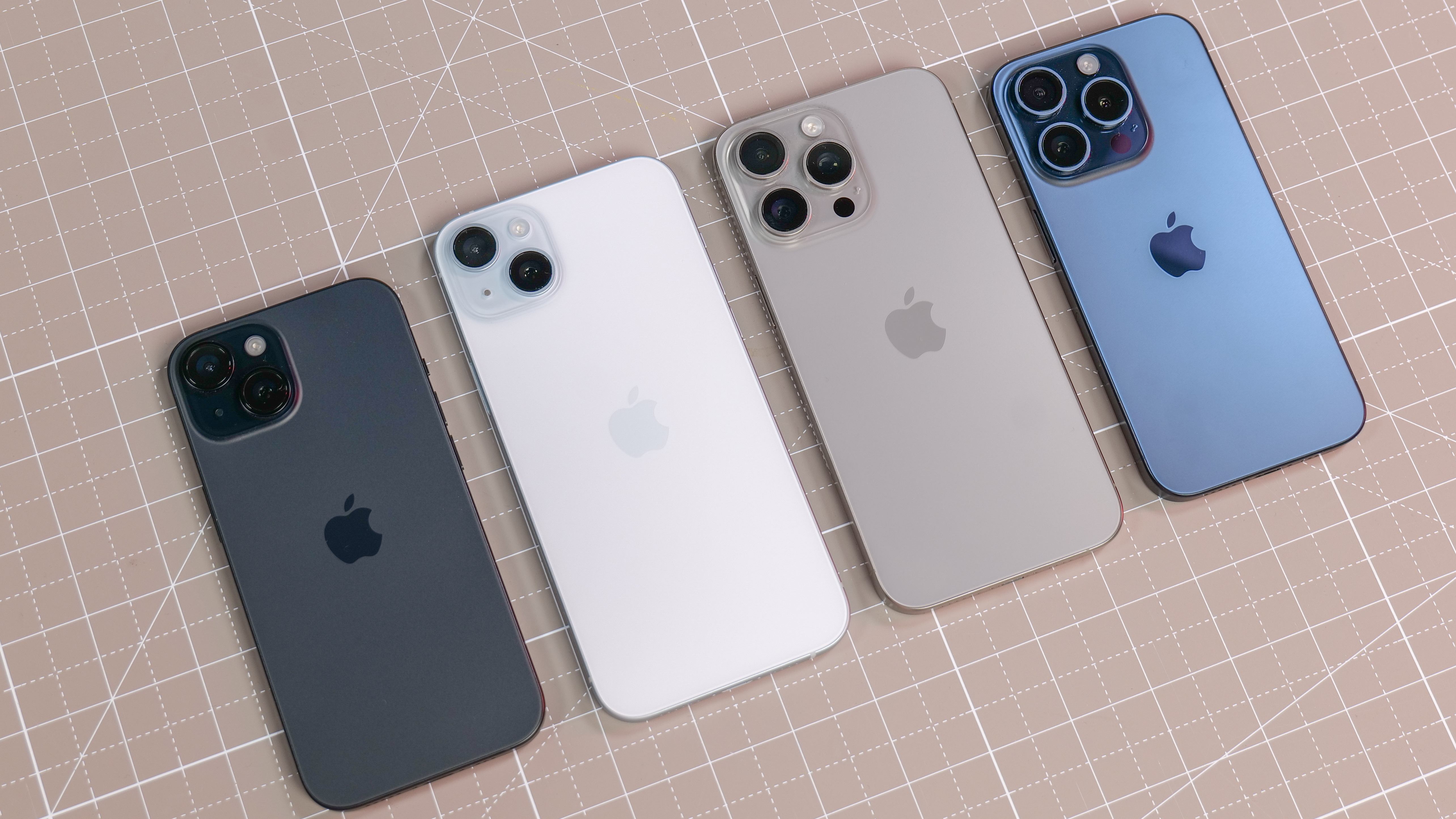
With less than two weeks before Apple’s "Glowtime" event, there's certainly buzz around the iPhone 16 lineup, which we're almost certain to see during Apple's big product launch. And naturally, a lot of the buzz centers around what upgrades we'll be getting.
In addition to the launch of Apple Intelligence later this year, these iPhones also figure to see battery improvements and — in the case of the Pro models — bigger and potentially brighter displays. But one part of the phone remains a central area of interest — we’re referring to the iPhone 16 cameras.
iPhone 16 camera rumors have been rampant, but given how the iPhone 15 Pro Max continues to dominate our best camera phones guide, anything else Apple does for the iPhone 16 will only help the company to retain its standing. For Apple's rivals, a new batchof iPhone models could make it tougher to keep pace because of how the bar of mobile photography could be raised higher.
Year-over-year upgrades are always expected from any new iPhone, but we’re confident that Apple isn’t going to stop there — and based on the leaks to date, the iPhone 16 cameras might be getting bigger upgrades than before. Here’s everything you need to know about the iPhone 16 cameras ahead of the launch on September 9.
Larger camera sensors
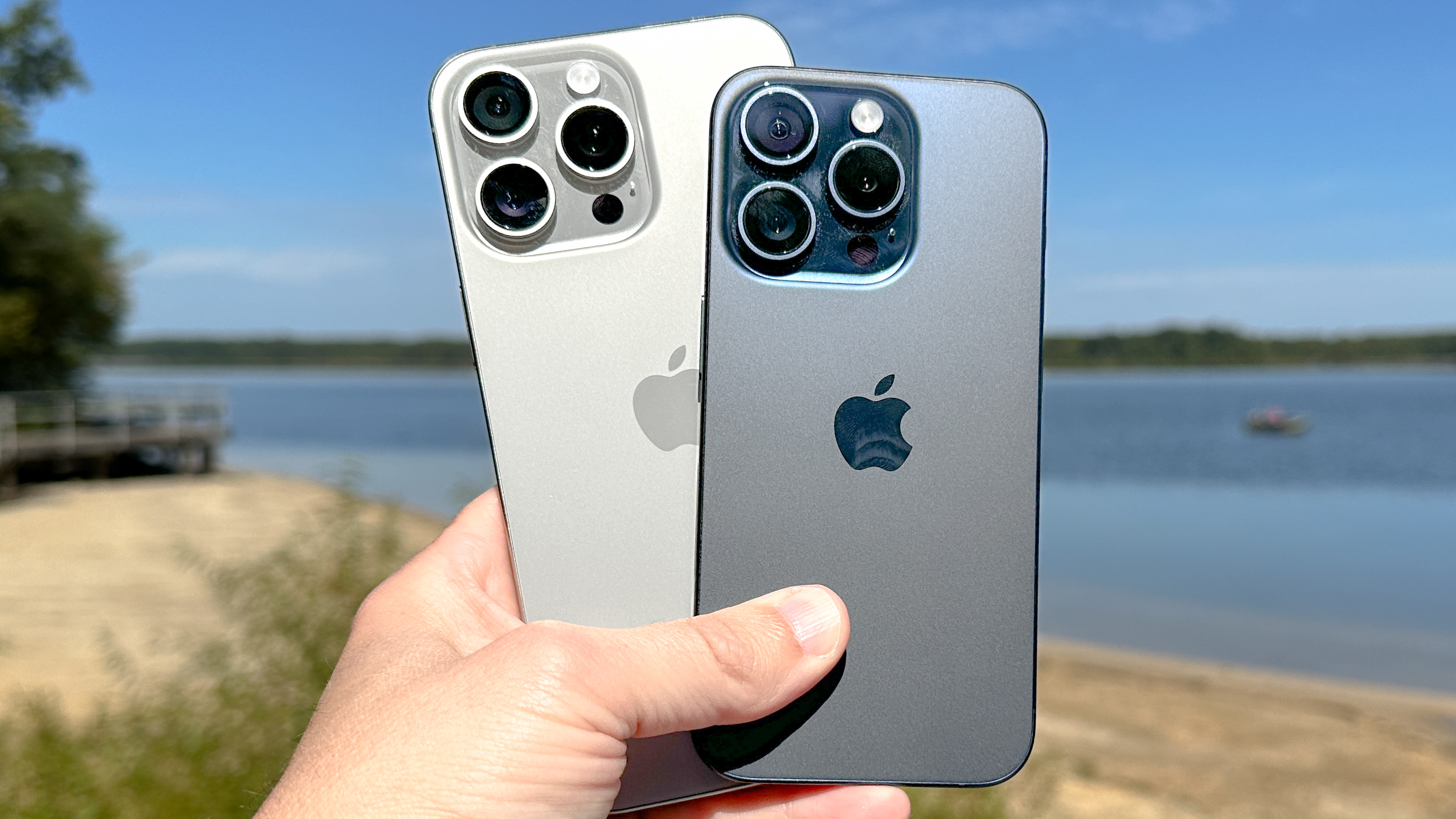
One of the easiest ways for a phone to boost its camera performance is to have a larger sensor. More size lets the sensor draw in more light, resulting in sharper images with more detail. Both the iPhone 16 Pro and iPhone 16 Pro Max are tipped to gain a larger 1/1.4-inch sensor, which is slightly larger than the 1/1.28 sensor in the iPhone 15 Pro Max.
On top of producing better sharpness and detail, the other benefit of having a larger sensor is to greatly improve low light performance. Even though Apple’s devices have continually been top performers in this area, our recent Google Pixel 9 Pro XL vs. Apple iPhone 15 Pro Max photo shootout reveals Google’s flagship has jumped ahead of Apple's phones. Obviously, things could change if this larger sensor turns out to be true for the iPhone 16 Pro and 16 Pro Max.
Longer telephoto zoom
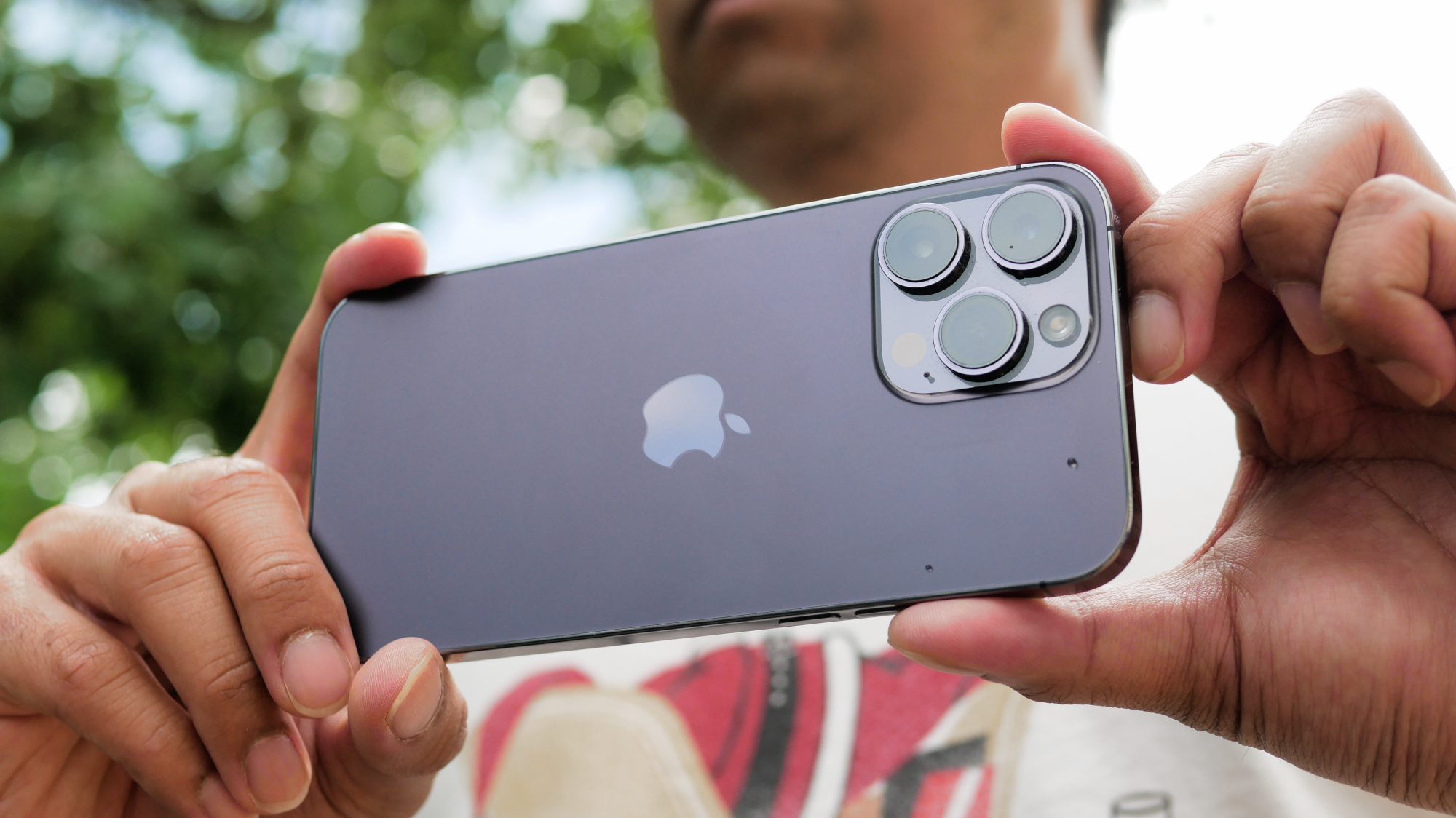
Currently exclusive to the iPhone 15 Pro Max, the tetraprism telephoto lens could find its way the iPhone 16 Pro, effectively extending the small Pro model's optical zoom range to 5x. That's definitely an improvement over the 3x one in the current iPhone 15 Pro. A longer zoom would be a superb upgrade in terms of sharper-looking close-ups, but don't expect the iPhone 16 Pro Max to miss out on any changes to its telephoto capabilities.
That’s because an early rumor suggests that the iPhone 16 Pro Max’s telephoto lens could have a 300mm focal length, which would make it more than double the 120mm lens in the iPhone 15 Pro Max. We’re talking about a zoom range that would eclipse super zoom cameras like the Galaxy S23 Ultra with its 10x optical zoom.
If this last rumor turns out to be legit, Apple could reign supreme in the telephoto department — especially with newer image processing algorithms that Apple’s certain to introduce.
Spatial video for all

Due to the arrangement of the cameras in the iPhone 15 Pro and 15 Pro Max, they have the ability to capture spatial video that can be viewed on an Apple Vision Pro headset. Since spatial video records simultaneously from both the main and ultrawide cameras to add a sense of depth to the shot, the cameras have to be stacked on top of each other.
The iPhone 15 cameras are arranged dramatically, a design dating back to 2021. But leaked iPhone 16 images purportedly show the rearranged vertical layout of the camera for the iPhone 16 and 16 Plus, clearing the path for spatial video.The ability to shooting video you can watch later with 3D-like depth on the Apple Vision Pro certainly adds more value to these phones; it migh even spur more Apple Vision Pro sales, which Apple certainly wouldn't complain about.
Capture button for more control
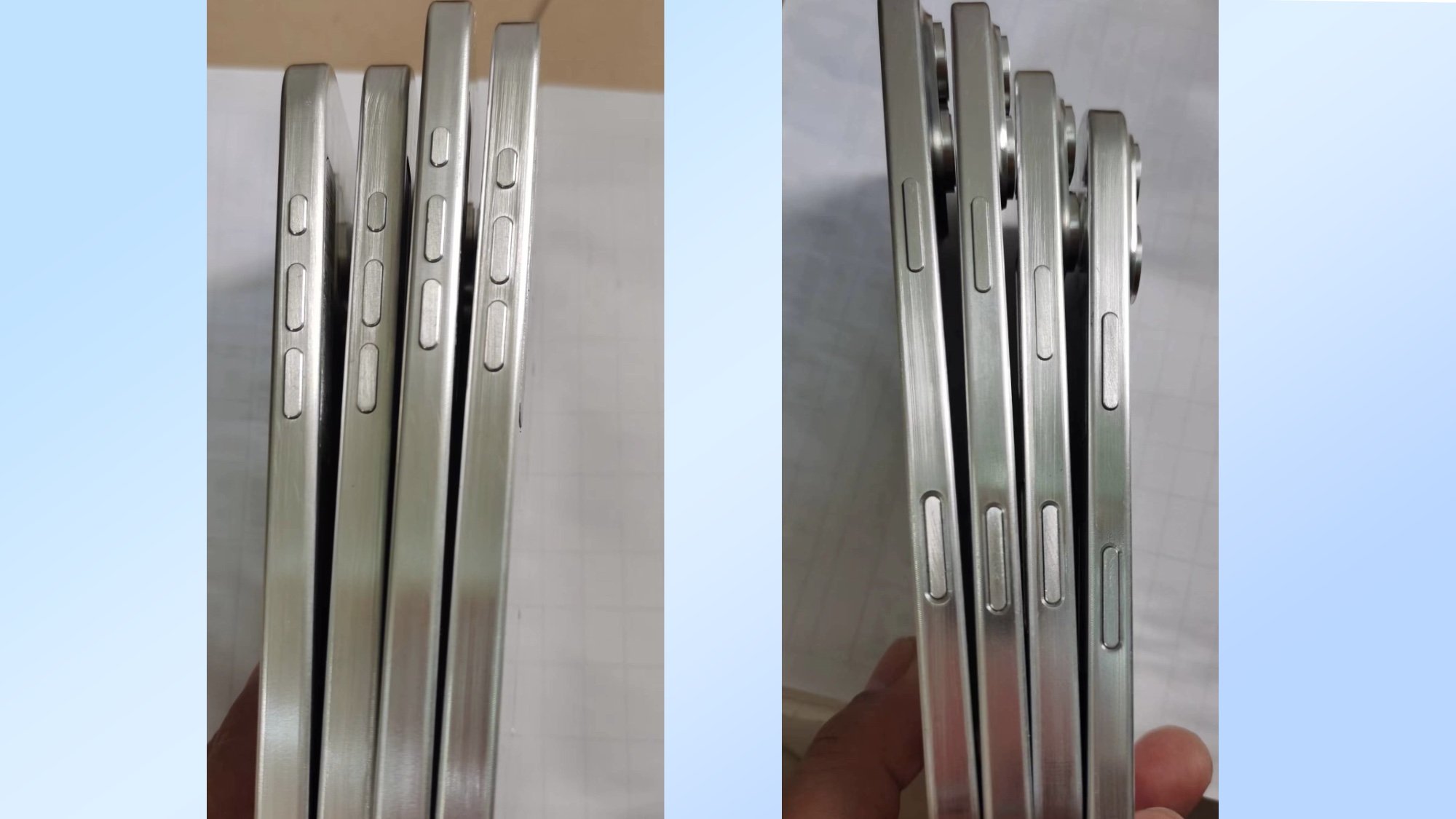
Just when we all thought that Apple was ditching physical buttons on its iPhones, we could be seeing the addition of yet another one — the Capture button. As its name suggests, this could be a capacitive button on all iPhone 16 models to act as a shutter button for capturing photos much like a traditional point-and-shoot camera.
A Capture button could also detect how much pressure is applied, so that a slight half-way press would activate the focus and pressing it all the way captured the photos. Other leaks also suggest that the Capture button could support gesture controls for zooming, rather than relying on the usual way by using pinch gesutres or the on-screen slider in the Camera app.
The rumored Capture button seems likely to happen given how there have been numerous leaked iPhone 16 photos showing this button.
48MP ultrawide camera for the Pro phones
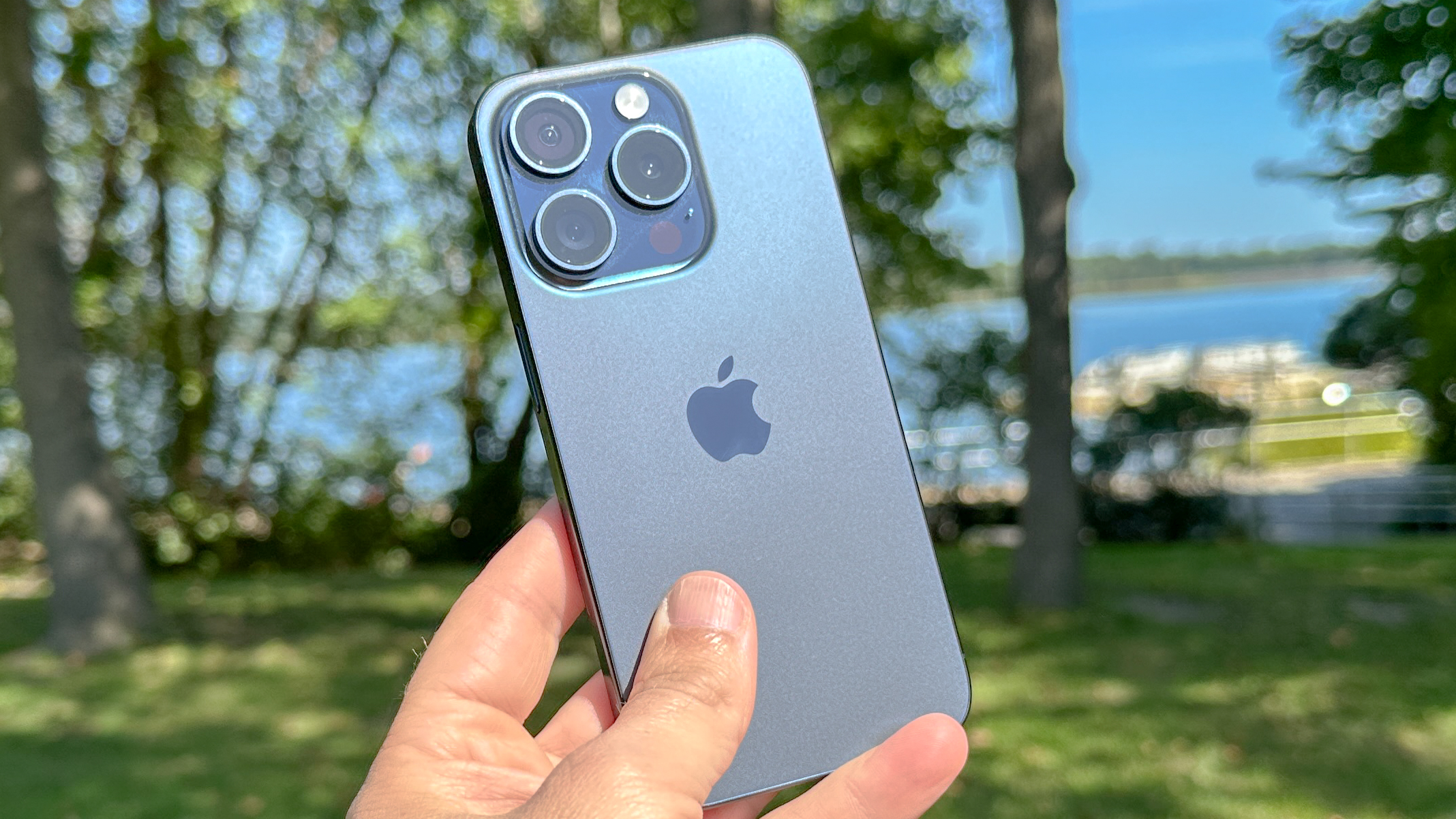
Another way for the iPhone 16 Pro and 16 Pro Max to set themselves apart from the standard models could be for them to get an upgraded ultrawide camera. Currently, Apple's Pro phones ues a 12MP sensor for the ultrawide lens, but if rumors suggest the new models would move up to a 48MP ultrawide camera sensor. That change could also inherently expand ProRAW capture to the ultrawide camera.
Camera enthusiasts and creators could stand to benefit most from this upgrade seeing that these images could be tweaked later on for even better results.
Lens coating for reduced lens flare

You might’ve seen them crop up in some photos, but lens flares can be too distracting at times, which could be why Apple’s reportedly looking to correct this. There's speculation that Apple may turn to a new anti-lens flare material for the iPhone 16 Pro and 16 Pro Max, with the material consisting of a new atomic layer deposition (ALD) system to coat the lens. Thus, lens flares would be reduced greatly to improve the overall image quality.







